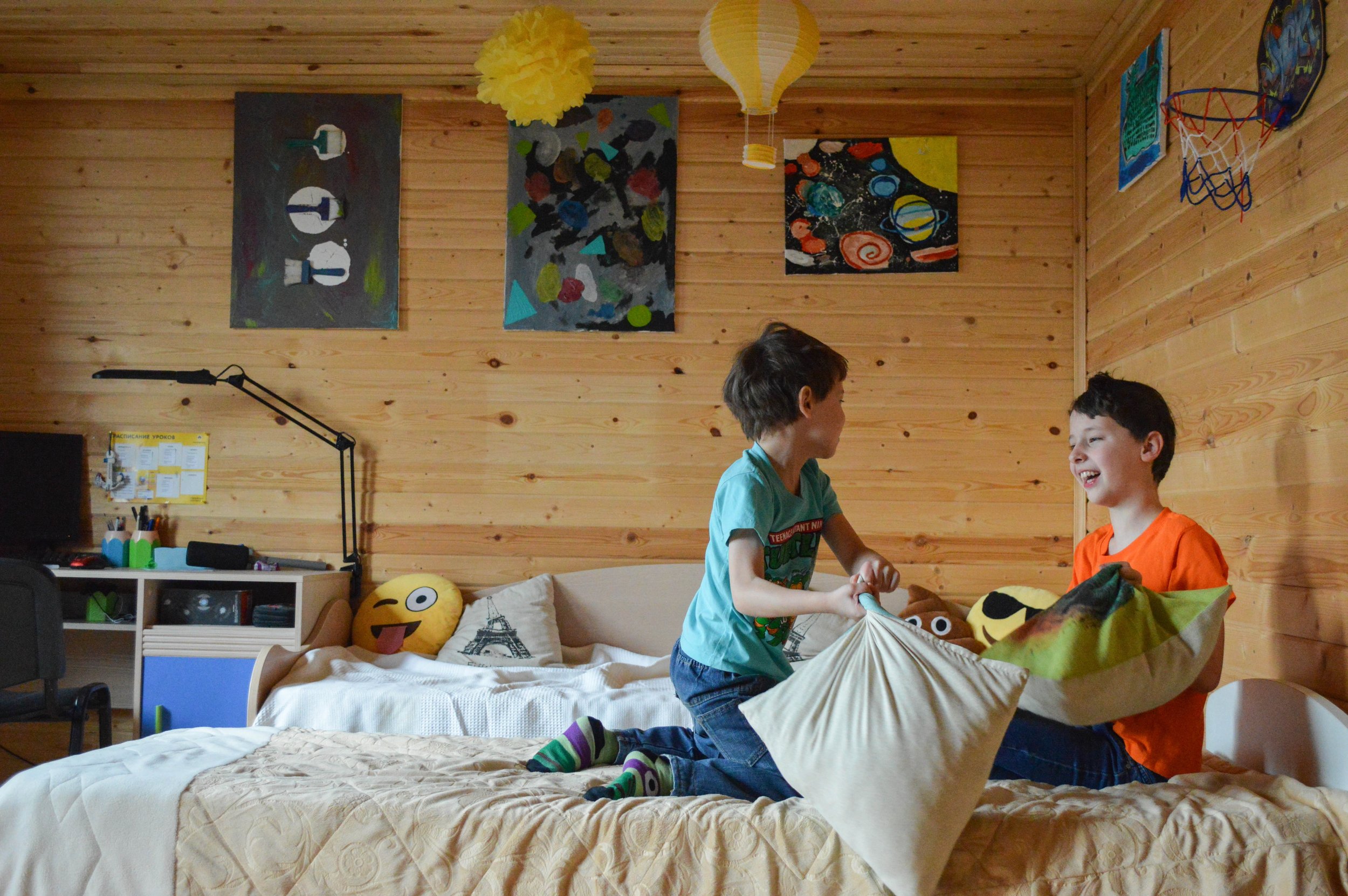Sibling Dynamics: What is Fair?
“That’s not fair!” We’ve all heard it. We’ve all said it. The feelings behind it are absolutely valid and can be difficult to manage. Take a step back for a moment and consider: what does fair really mean in your home? Does it mean that everyone gets the same things? Does it mean you are split equally between your children? Does it mean you need to find an equivalent that each child can receive in every situation? Chances are, you answered yes to many of the questions above. Like many parents, you may have been working to be equal, but defining it as fair. We want to challenge that mindset and give you tools to navigate those “unfair” moments.
1. Fair does not mean equal
It is impossible to always be equal. At any given time, one child will need you more than another. At other times, one child will deserve something special while the other does not. One child will have a birthday and receives present while the other has to sit and watch. The more we try to create equality, the more we reinforce the idea that being fair means being equal. However, the world does not deliver equality and the sooner we teach kids to expect differences, the easier it is to accept them.
2. Focusing on fairness increases sibling competition
When we try to keep things fair and equal, kids search for differences to point out. Rather than focusing on what they need themselves, they compare themselves to others. However, this comparison leads kids to determine their own needs based on other people. Instead, we want to help kids look inward to recognize what they truly need, which is not always the same as a sibling or friend. For example, if a sibling got a phone at 10 years old, they should also get a phone when they turn 10. It’s only fair! However, maybe the sibling was going to many extracurriculars and needed a phone to ensure safety, while this child does not participate in extracurriculars. It is possible and likely that both kids need different things at different ages.
3. Fair means everyone gets what they need
Even if you have focused on equality for years, you can shift the script at any time. Try to change the script to be: “everyone in this family gets what they need.” Truly consider what each child needs in each moment and for the long term. The more we, as adults, can tune into their needs, the more they can tune into their own needs. Essentially, the idea is “fair, but not necessarily equal.”
What should we do to promote this new idea of fairness?
1. Be honest and open
Reset as a family. Sit your kids down and recognize your own flaws in trying to promote equality. Let them know that things will be changing. They did nothing wrong, it is something that you, as parents, have realized is an important change for your family. Validate the hardships around accepting this new definition of fairness by pointing out that it will also be a challenge for you to shift your understanding.
2. Accept all feelings around fairness and unfairness
Changing dynamics and expectations at home is hard. Moving from comparison to internal needs is even harder. Recognize that this shift is occurring for your child and be there with them during these emotional moments. Validate the challenges they are facing without giving in to equality. This may sound like: “You want a new backpack like your sister. It’s hard to see her get something new. You can’t get a new backpack today because your backpack still works and, in our family, everyone gets what they need. You’re allowed to be upset and I’m here to listen if you need me.”
3. Prepare your kids
If there are new situations that will change going forward, remind your kids in advance. Let them role play and/or problem solve how they will handle feelings of unfairness at a time when they are calmer. This will help them to apply these approaches during times when emotions are high.
4. Be kind to yourself
This shift is going to be tough. You will look back and realize you did exactly the opposite of what you meant and wish you handled it differently. You have two options, and you can even do both! First, you can revisit what you could have done differently, so that the next time you can handle it as you want. In the moment, we tend to fall into our automatic patterns. When we have more space and time, we can often think more clearly. Second, revisit the situation with your child when everyone is calm. Explain to your child where you made a mistake and how you should have handled the situation. Give them a chance to share their perspective as well. You can then make a choice if you will change your approach for next time or if you need to take responsibility and change how you handled this particular situation. It may be hard for your child to accept this new expectation, but it may also be exactly what they need.
If you’re having trouble navigating sibling dynamics at home, reach out to our team for support.

